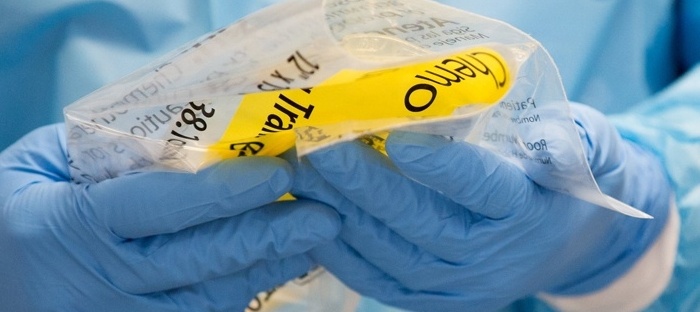
The National Institute for Occupational Safety (NIOSH) hazardous drug (HD) list has been around since 2004 and was last updated in 2016 when 34 new drugs were added to the list. The list contains more than 200 drugs which are strongly recommended to be handled with extra care. However, with the implementation of USP General Chapter <800> in 2019, these drugs will be required to be handled with special care.
Gina Shaw recently worked with Patricia C. Kienle, RPh, MPA, the director of accreditation and medication safety for Cardinal Health Innovative Delivery, on an article published in Pharmacy Practice News highlighting 4 steps for creating an effective HD working group.
Step 1: Compare your Institution’s Formulary with the NIOSH List
With over 200 drugs on the NIOSH list, your facility is likely to only use a small portion of these drugs. Identify which drugs are on your formulary that are also on the NIOSH list.
Step 2: Create a spreadsheet that is easily editable and available institution wide
Your spreadsheet should include information for all functional areas involved in receiving, manipulating, and administering, and disposing of HD. It is important to think beyond the pharmacy when mapping out who will handle each HD. Kienle mentions, that if a drug is in the form of a single oral dose and pharmacy is only required to dispense it, often there won’t be safeguards in place to protect nursing and other healthcare workers outside of the pharmacy from exposure.
Step 3: Perform an Assessment of Risk
To perform an assessment of risk, identify the dosage forms of each drug, the packaging in which you receive it, and whether you must do any manipulation to the drug after receiving it. This is where you can define the necessary precautions for handling each HD on your formulary. Kienle mentions that if you have multiple drugs which are handled in the same manner, you can create a standard protocol.
Step 4: Review Table 5 of the Hazardous Drug List
Table 5 of the Hazardous drug list addresses engineering controls and personal protective equipment (PPE) organized by formulation, activity, and type of PPE. You can view the table here.
Following these four steps will help you create an effective HD working group, but be on the lookout for NIOSH list updates. Proposed Additions to the NIOSH Hazardous Drug List 2018 can be reviewed on the Federal Register website. Comments on this proposal must be received by April 16, 2018. Have more questions about safely handling hazardous drugs? Reach out blog post about the ASHP USP <800> answer book.




